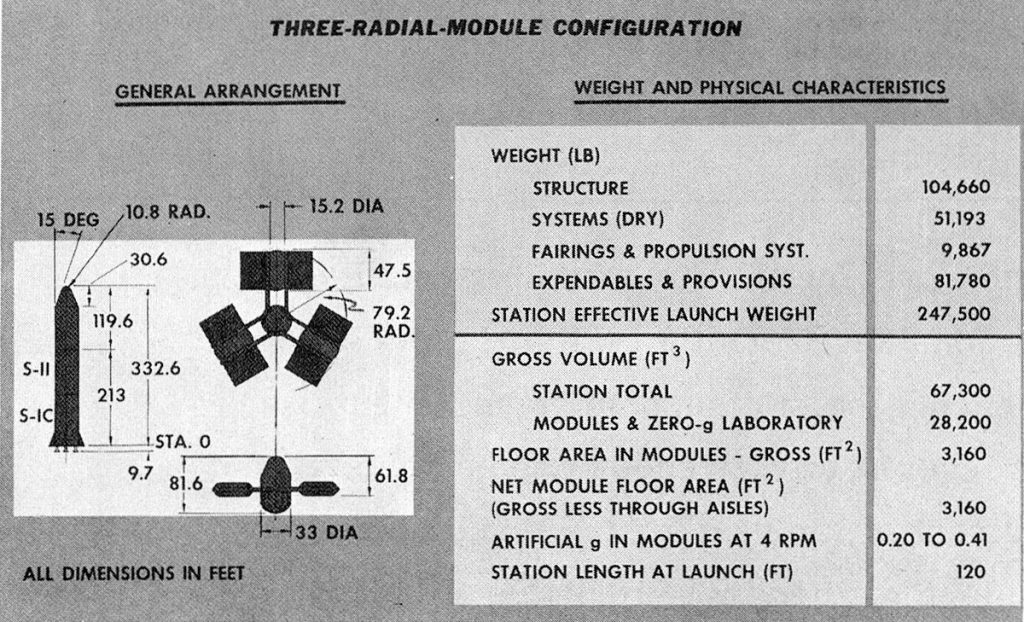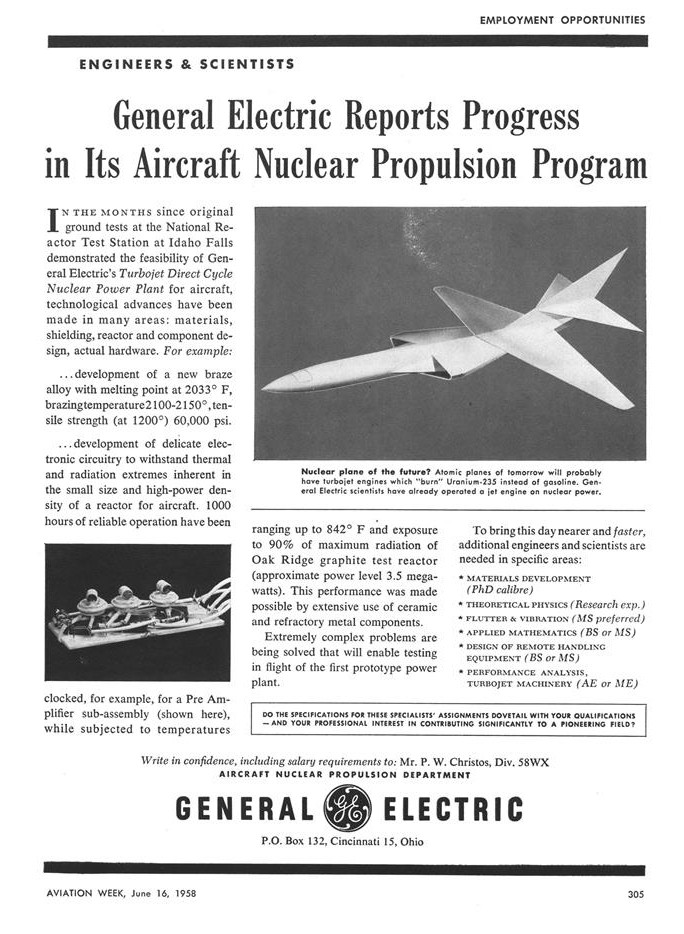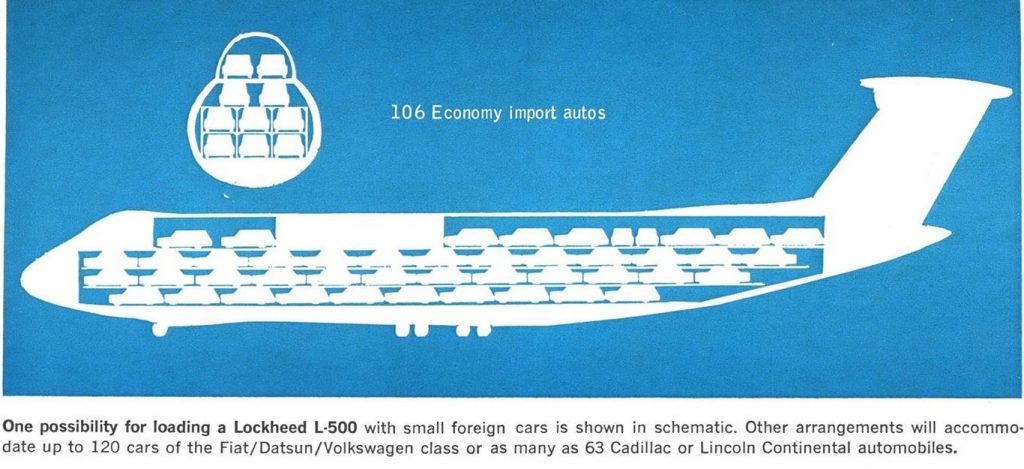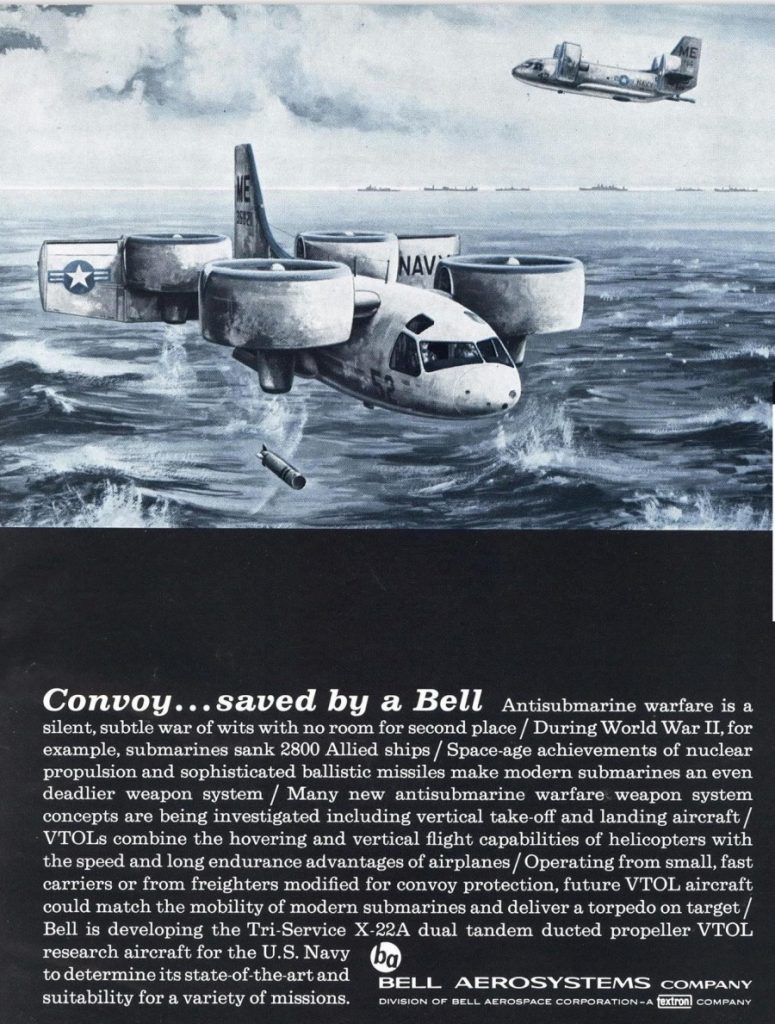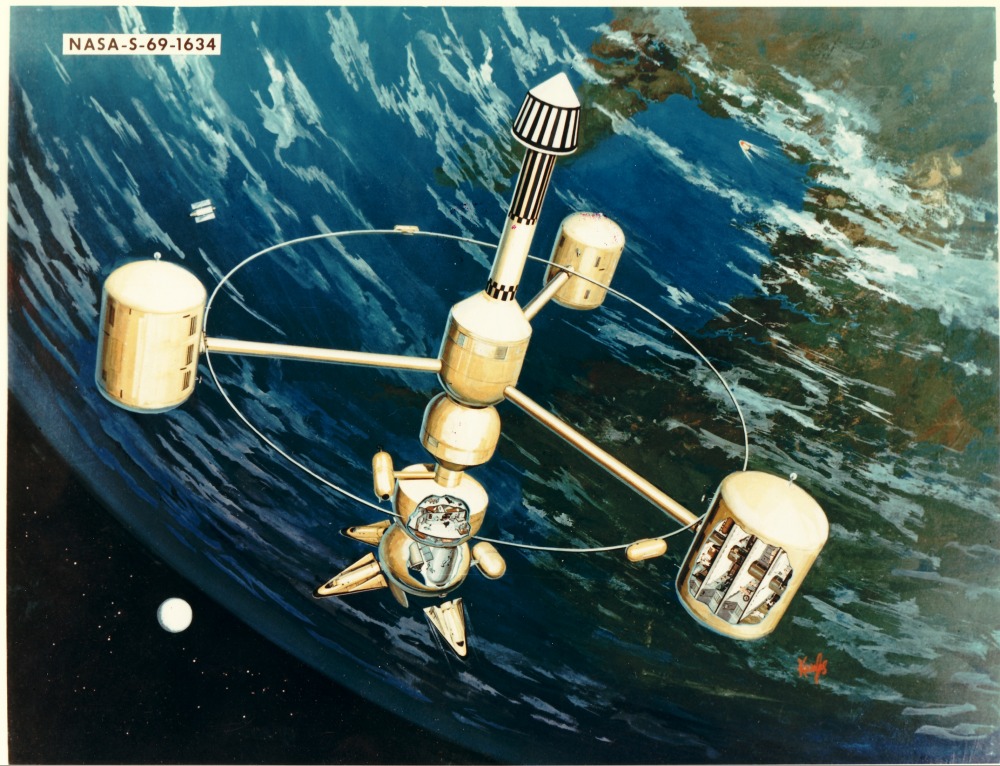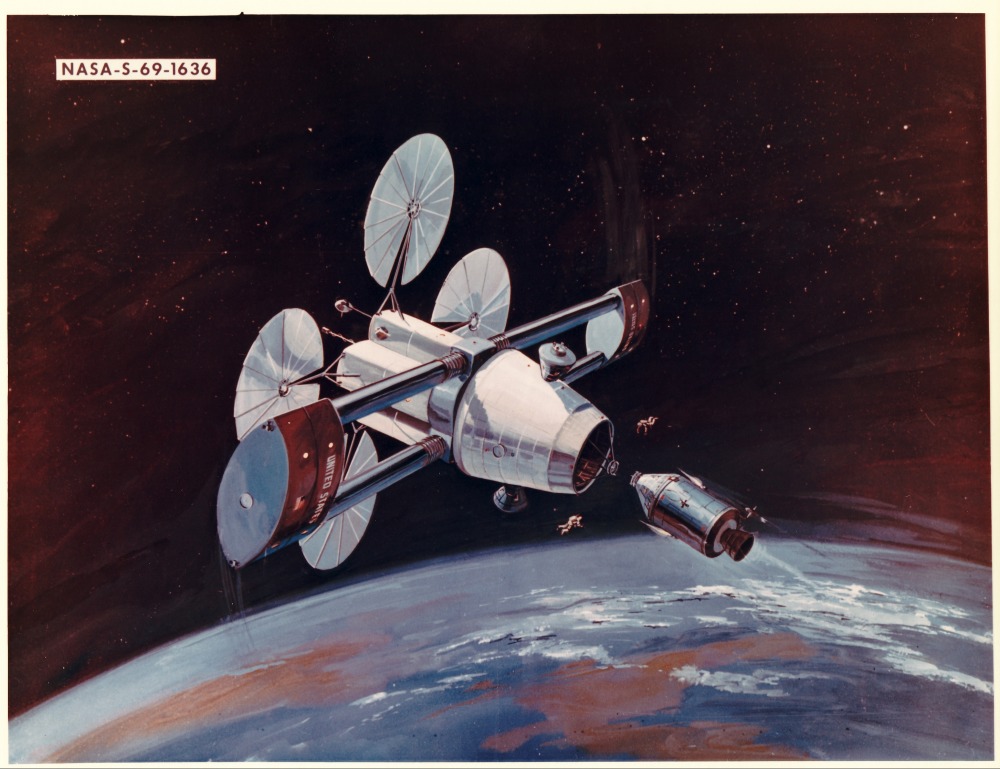The idea of “orbital billboards” is not new, but the Russian firm “StartRocket” has a desgn that is perhaps more technically feasible that many prior ideas. An array of cubesats would fly in a grid-pattern formation, with each satellite deploying a solar sail-like unfurlable mirror; by orienting each satellite correctly, the mirror would either reflect light down to Earth or not, making a simple dot matrix display in the sky.
Their video ad:
The more satellites in the grid, the bigger and more complex the text or image could be.
While technically feasible, there would seem to be some substantial challenges. Once again, the feature that makes the system would is a big lightweight “solar sail.” This means that solar photon pressure would be constantly acting on the small cubesats… but more importantly, atmospheric drag would be a serious issue. Since some would be flying oriented 90 degrees off to the others for several minutes at a time, drag would operate on some differently than others; the grid would seem likely to fall apart pretty quickly. Even at the proposed altitude of 500 kilometers, drag would be a recognizable issue. The array would only be able to pull off a handful of messages per day, and each of those for only a few minutes; it would seem likely that the rest of the time would need to be spent in correcting the formation via a dance of solar sails. Which would seem likely to make the array look to ground observers like it was flickering. Whether cubesats would have the ability to keep that up, I don’t know. I suspect that even with the best systems, atmospheric drag and impacts with tiny bits of space junk would soon turn the sails into perforated tatters, as well as dragging the whole system out of the intended orbit.
And then come the nuisance lawsuits…
Major corporations would be well advised to think twice before paying to have their brand plastered across the night sky, as there would be some level of negative blowback. But then people hated billboards, mucking up the roadside views, and yet here we are.
The StartRocket website starts off with a dubious quote from Andy Warhol:
“The most beautiful thing in Tokyo is McDonald’s. The most beautiful thing in Stockholm is McDonald’s. The most beautiful thing in Florence is McDonald’s. Peking and Moscow don’t have anything beautiful yet.”
Uh-huh. Go on and guess what *my* views on Warhol and his crappy “art” are.
Space has to be beautiful. With the best brands our sky will amaze us every night.
No ugly place there after this.
Riiiiiiiiight…..
The website also suggests that the array could be used to display helpful messages in times of natural disaster. But it seems to me more likely that it would be used to display propaganda.


